Defining the perfect target audience or market is a challenge faced by all brands in all industries across the world. Assuming you have a great product or service, getting this right usually means success but getting it wrong often leads to failure!
In this blog article I’ll explore how Psychology can help us build better relationships with our customers.
The Psychology Of Persuasion is a fascinating topic for all us who deal with customers but for me the big takeaway is to understand how we can use this psychology to align our marketing messages so they resonate better with our target audience and genuinely help them make better decisions.
It also strikes me that we need to be very careful here not to abuse this power but rather to use it with the intent of improving the customer experience.
Nathalie Nathai, in her research on consumer behaviour, speaks about the BIG FIVE personality traits and how they can be used to predict emotional, behavioral and cognitive patterns.
Considering our customer is at the centre of what we do, it’s not surprising that Psychology should take a leading role in helping us better understand their needs and manage and respond to their behaviour.

First things first, I think it is important to acknowledge that customer expectations from brands are at an all-time high while trust is at an all-time low.
This in part is fuelled by an online environment where information is available more freely than ever before; customers are more connected than ever with multiple devices and with the advancements in technology they expect a hyper-personalised experience from the brands they interact with.
With the introduction of GDPR and other data protection legislation in Europe, they also have greater expectations in terms of privacy and this, of course, leads to the trust issue.
Nathalie’s view is that brands need to cut through the noise so they can attract and hold the attention of the right people within their customer circle.
Once the brand has the customer’s attention, it is much easier to build a relationship and ultimately build trust by delivering great customer experiences.
So how can Psychology help us do this?
First of all we need to understand what drives our customers – Why are they coming to us in the first place? Why are they using our product or service?
In most cases, the underlying reason is the concept of “Homophily”.
Literally, it means a love of the same. If you meet a stranger but find some common ground, for example, someone you both know or you went to the same college or you both have kids, you are much more likely to bond with them.
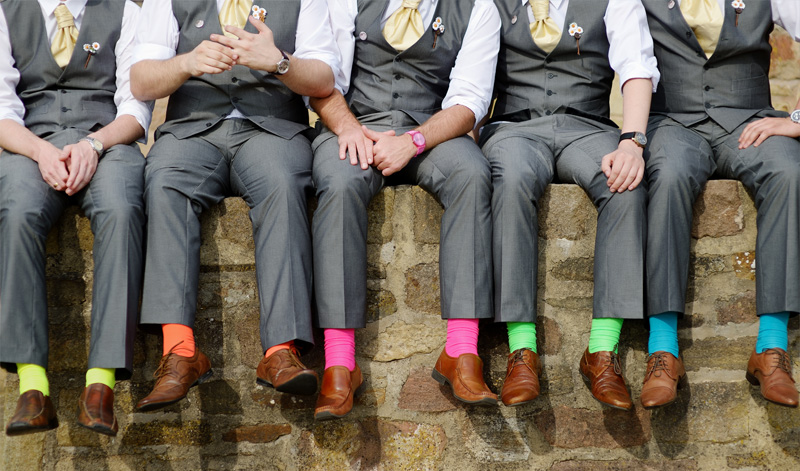
What’s interesting from a sales and marketing perspective is that sources that are seen as homophilous or similar to ourselves, are much more likely to be perceived as credible, trustworthy and reliable which means that the persuasiveness and effectiveness of your communication is going to be greater.
The concept of brand storytelling is well talked about in content marketing circles but the stories we relate to most, feel authentic to us and reflect our own experiences.
Brands need to consider this when they are trying to reach their audience using advertising campaigns. As a starting point the ad campaign strategy needs to answer the following questions:
- What is their demographic profile? (gender, age, background)
- Why do they need you? (what’s their story)
- How are they feeling? (excitement, anxiety, stress)
- What do they need now? (emotional / practical)
Let’s look at some examples.
The first is an awareness campaign that was run in the UK to drive awareness around drink driving.
The ad is targeted at a very specific audience – Young Males – and is promoted by Lad Bible, an entertainment channel that targets that audience.
The ad campaign ran on Instagram which again fits with that demographic and was very successful with 1.4 million views of the video.
The second was a marketing campaign that WSI Digital ran during the Covid19 pandemic to demonstrate our support for getting business back up and running. The concept is around activities that were “not cancelled” during the various Lockdowns. We were targeting the working from home audience and our goal was to lighten things up a little with a good feel factor while getting across the important point that we were very much open for business. Unlike the drink aware ad it is very universal in its reach.
Although the audience reach was different, the common thread between these two campaigns is that they were both able to leverage homophily to understand and most importantly mirror the experience of their intended audience.
The role of Psychographics and introducing the BIG FIVE
Using the concept of Homophily we can see how it is possible to really connect with our customers and start to understand what they are experiencing.
However when it comes to understanding customers and creating content and messages that will have the biggest impact, the Holy Grail is smart personalisation.

This introduces the concept of Psychographics which allows us to adapt persuasive messages to align with the customer or potential customer’s personality traits.
Tailoring the message (be that the ad copy, the social post or even the contact centre phone script) to match the person’s personality traits can be a very effective way of increasing the impact of the message.
Many of you will be familiar with personality assessment tests like Disc or Myers Briggs. The challenge with these tests is that they often want to box us into one single personality type but the reality is that most people exhibit multiple traits and personality indicators that can shift and change as we go through different stages of life.
However the Big Five model introduced by D.W. Fiske in 1949 is a little different. The model started with approx. 4,500 traits and ultimately distilled this down to 35 traits in 5 categories.
Let’s take a closer look at what these BIG FIVE personality traits look like.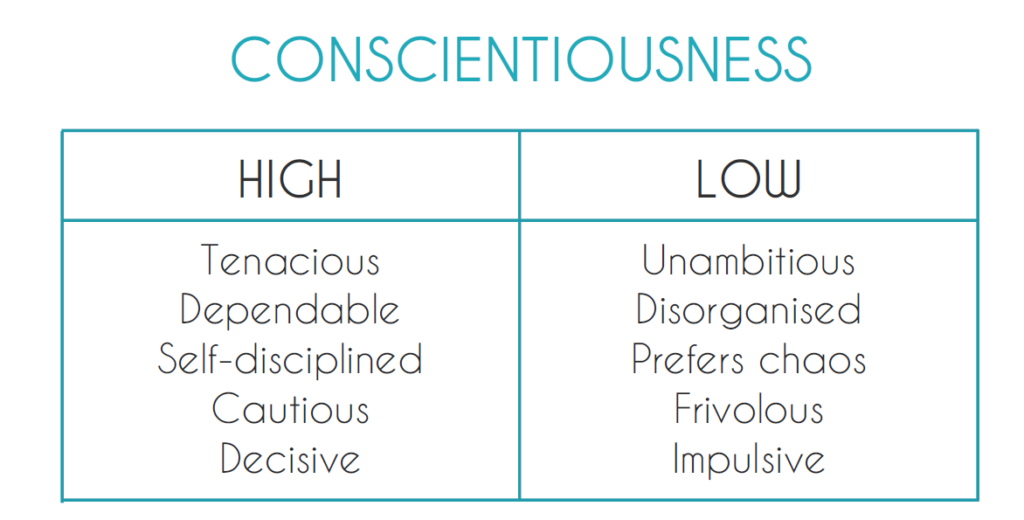
You are organised, dependable and self-disciplined and prefer to plan & aim for achievement.
You are energetic, positive, assertive & sociable. You tend to seek stimulation in the company of others.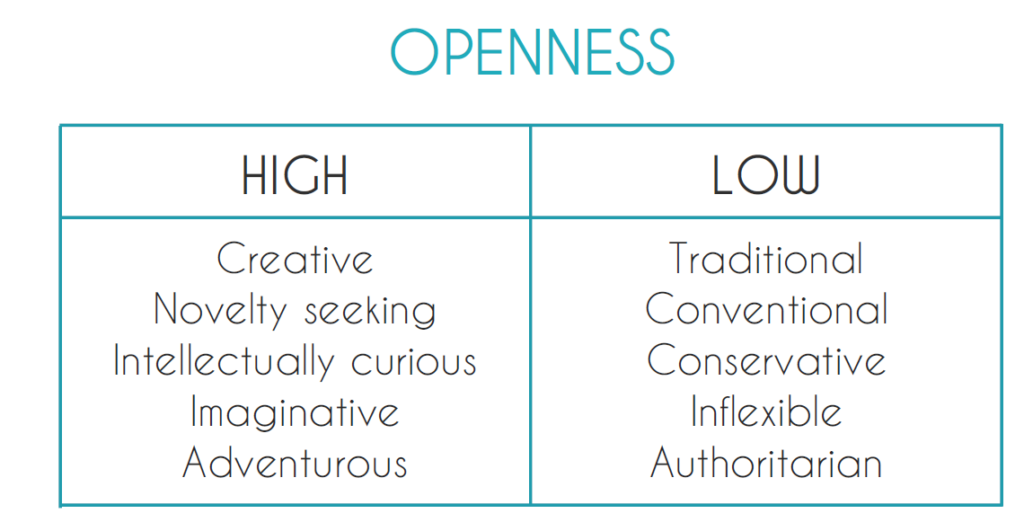 You exhibit a high degree of intellectual curiosity, creativity and a preference for novelty and variety. Interestingly people who score high for extravert are usually high in openness.
You exhibit a high degree of intellectual curiosity, creativity and a preference for novelty and variety. Interestingly people who score high for extravert are usually high in openness.
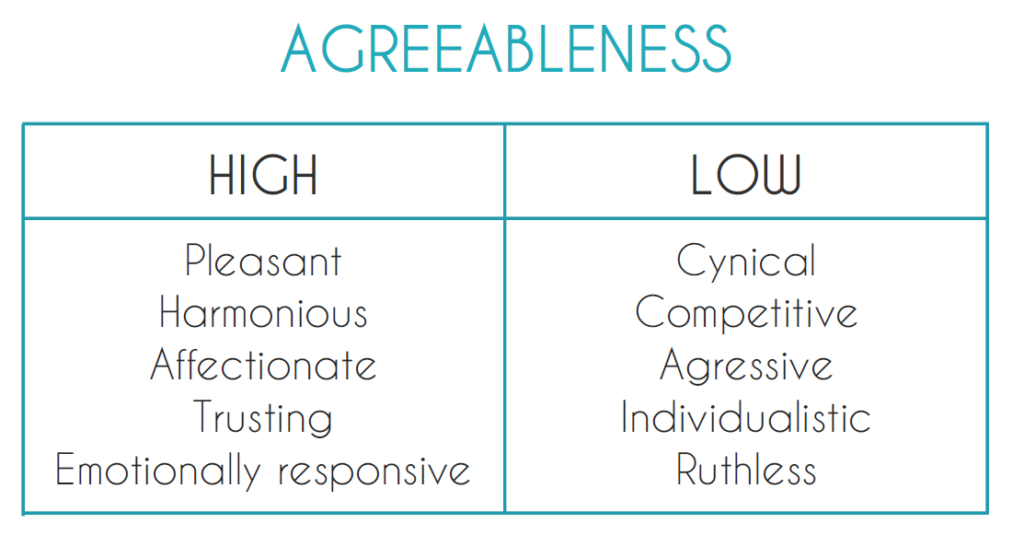 Your tendency is to be compassionate and cooperative… rather than suspicious or antagonistic towards others.
Your tendency is to be compassionate and cooperative… rather than suspicious or antagonistic towards others.
People who score high for agreeableness are good to have around if there is a customer issue or bad news to communicate – These are the people most likely to soothe things over.
However it is also good to have some people on your team who are low in agreeableness as they tell you how it is!
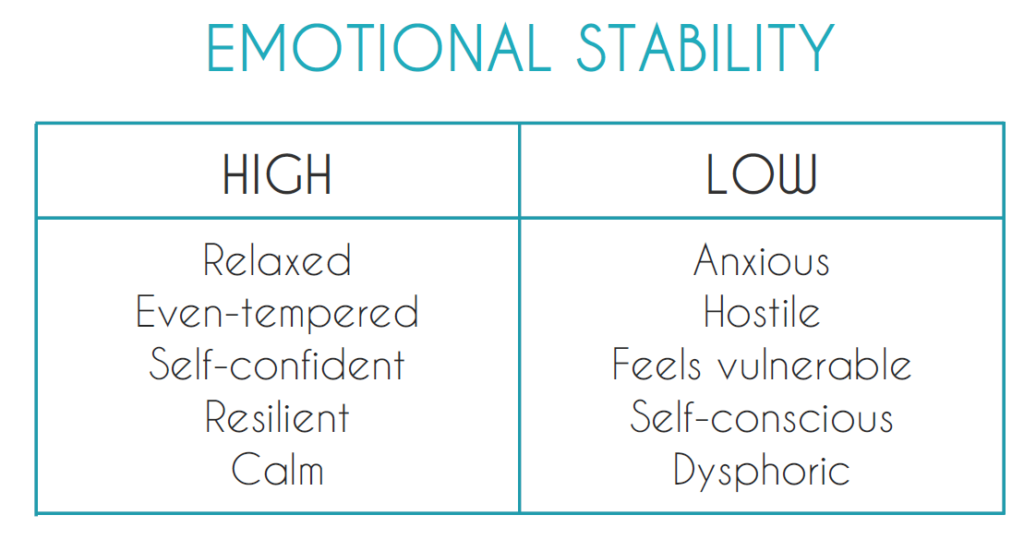
This is the tendency to experience unpleasant emotions easily… such as anger, anxiety, depression, and vulnerability.
All of us experience this at certain times but if your baseline is high, chance are it relates to emotional stability.
Putting the BIG Five to work: Bullseye Targeting
OK – so now that we understand the principle of homophily and the BIG FIVE personality traits, it’s time to see how we can use these Psychological concepts to target our customers with personalised messages that they will be more receptive to.
Here are some examples of Digital ad campaigns online that target specific traits.
The first one is an ad for Men’s deodorant:
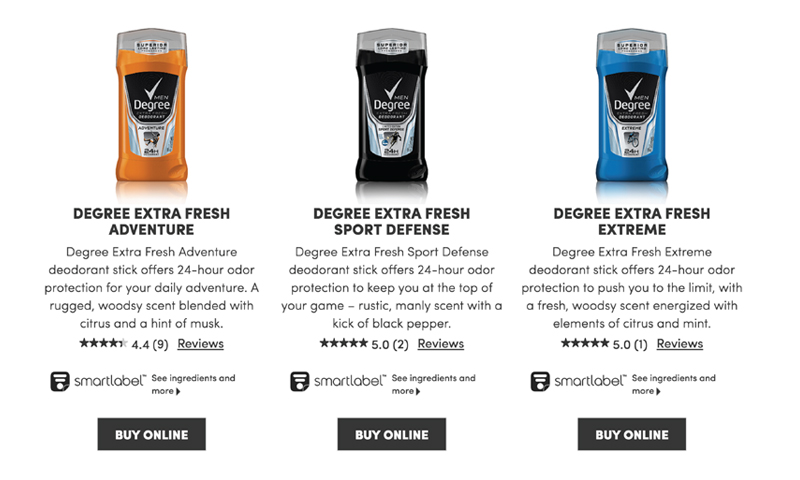
If you look closely at the language you will pick out words like “Adventure”, “Sport Defence”, and “Extreme”.
These action words are aimed at the Extravert type.
The second ad is around helping make your community a better place to live.

It’s about friends and family, communal goals and home life. This is very much aimed at the Agreeableness type.
The last example is for Evernote.
It’s about being organised and remembering everything. This ad is aimed at the Conscientiousness trait.
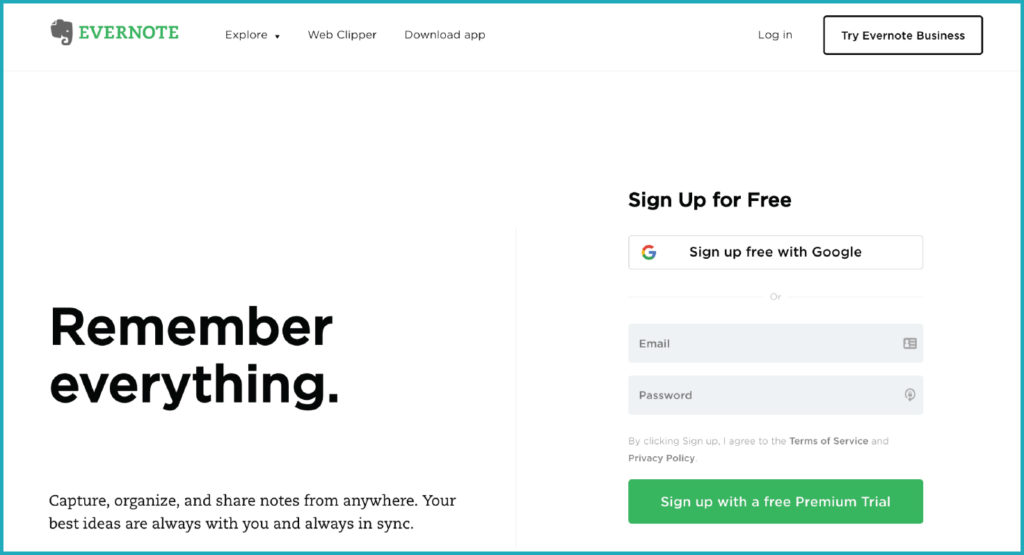
To create a personality specific campaign like these examples, it is key to fully understand the motivations behind each trait. We can summarise these as:
- Open: Creativity & intellectual stimulation
- Conscientious: Efficiency & goal pursuit
- Extravert: Excitement & social rewards
- Agreeable: Connection with family & community
- Low E.S.: Safety & security
Challenges Ahead
I’ve spoken a lot about personalisation and the positive impact it can have.
However with this comes a lot of responsibility for brands. Just because it’s technically possibly to create hyper personalised campaigns DOESN’T mean that we should do it.
Brands have an obligation to protect their customer’s privacy.
If we get this wrong, we end up with a negative Psychological effect – Nathalie refers to this as the “creepiness factor” – The feeling that your every move, both public & private, is being watched, tracked, followed, analysed & capitalised on.
I mentioned at the start of this blog post that customer expectations are at an all-time high and in fact they are still evolving.
Our collective opportunity is to use this Psychological methodology to better understand our customer so we can better serve them, ultimately creating a “win win” for marketers, customer service and of course the customer!
Note:
This blog post by WSI’s Chief Digital Strategist, Cormac Farrelly, was first published as a guest post on the Customer Contact Management Association Ireland website.
Credits:
 Cormac Farrelly Cormac is a Digital Marketing Strategist at WSI and enjoys helping executives and management teams understand how to take advantage of digital technologies to support their business objectives.
Cormac Farrelly Cormac is a Digital Marketing Strategist at WSI and enjoys helping executives and management teams understand how to take advantage of digital technologies to support their business objectives.

Nathalie Nahai is an international speaker and author of the best-selling book, Webs of Influence: The Psychology of Online Persuasion. Her work explores the intersection between persuasive technology, ethics, and the psychology of online behaviour.

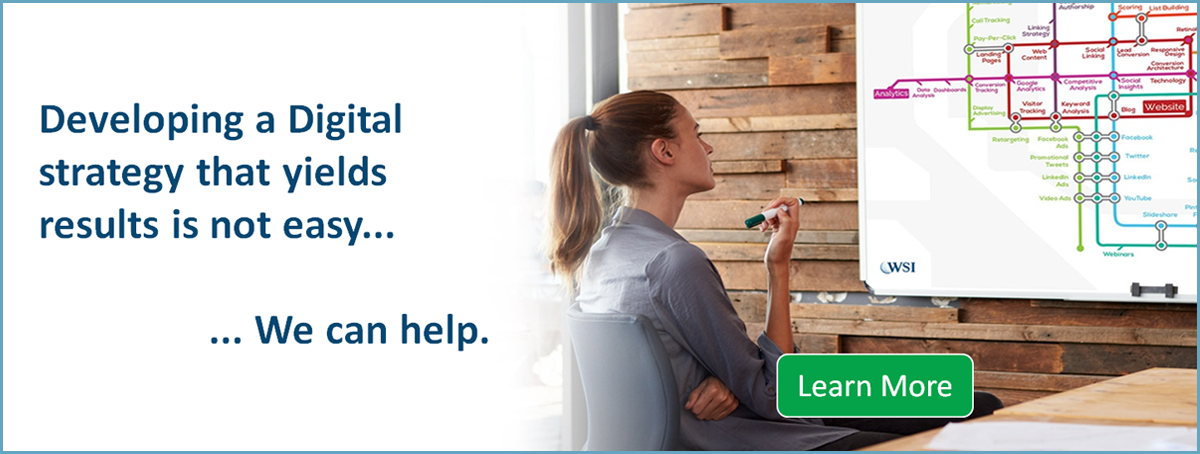
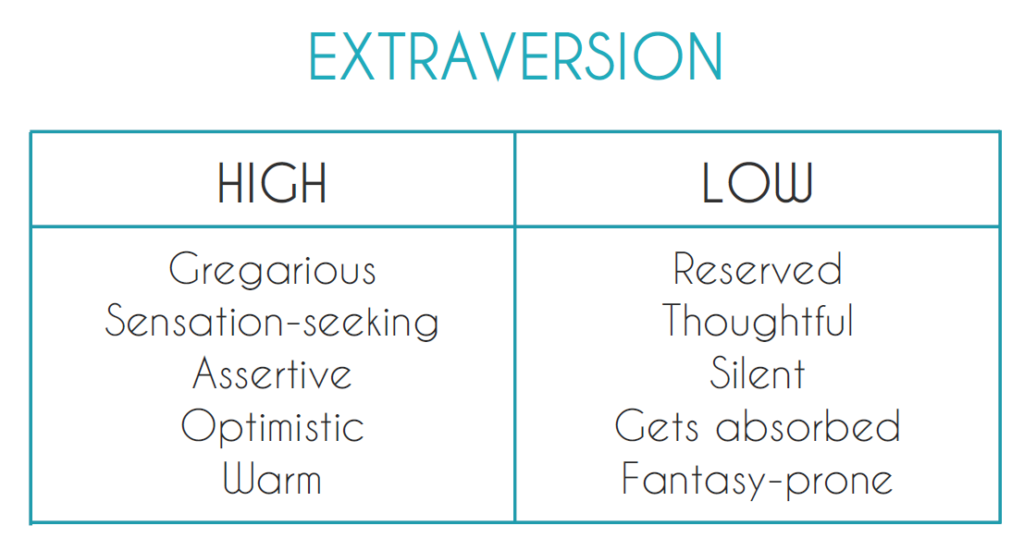
Stay Connected